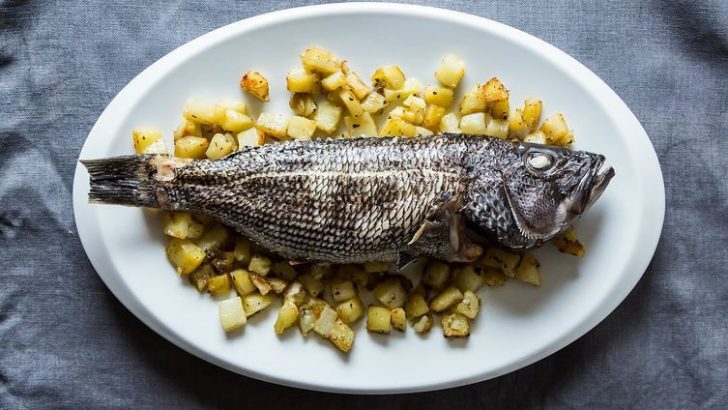Mainly About Books
By the books editor
It is a truism to say that Lent these days is nothing like it was several centuries ago, indeed just several decades ago. In our era of immediate self-satisfaction the idea of going without is unpopular, unless one is on a fashionable diet.
In the middle ages it was different, of course. Gerald de Barri, the Norman-Welsh scholar and cleric, in his account of Ireland at the time of the Norman invasion, writes very crossly about some Irish bishops. Their lordships were he said countenancing the eating of the barnacle goose during Lent.
This was (it seems) because the barnacle goose, along the coasts of Ireland where it was found, mainly in the north, was thought not come from an egg, but to be from of a shell-fish, the long neck barnacle. For in eating these birds, de Barri adds “they are led into sin. For if anyone were to eat of the leg of our first parent although he were not born of flesh, that person would not be adjudged innocent of eating meat.”
He wrote about this in his Topography of Ireland (adroitly translated by J. J. O’Meara and available in Penguin Classics). He also lectured about it at Oxford in 1186. Over the next few centuries this Irish legend spread across Europe and indeed across Asia, allowing those who were so inclined an excuse to have a Lenten bird.
The custom was formerly condemned by the Pope at the Lateran Council in 1215. But this seems not to have had much effect – like so many papal injunctions. Down to very recently the Aran islanders would eat guillemots in Lent, just as people in the north of England ate puffins, because they were sea birds and tasted strongly of the fish that they generally ate.
Medical men
Customs regarding fast days, such as “fish on Fridays” are now a thing of the past. Indeed there is nothing really penitential about eating fish at all. Medical men urge us to do so to obtain the essential Omega3 oil which is so beneficial to our bodies.
Yet back in earlier times it was perhaps more onerous. Fresh fish could hardly be bought anywhere more than ten miles or so from the sea.
With fresh fish people would have to make do with eggs, or with salt fish, the rather unappealing bacalao eaten along the sea board of Western Europe, which originated in the salted cod which the Basques brought back from Newfoundland decades before Columbus – indeed that part of the North American coast was called ‘Stockfish Land’.
In Ireland in any case Irish country people would not eat fish – there is a reports of a curragh of starving people hauling up beside a British naval vessel in Killary inlet during the famine pleading for food while floating over waters rich in fish. They would not eat them.
True to their Celtic notions of proper fare they would only eat salmon and brown trout.
So the obligation to eat fish was in fact a real penance in ages past. Now it is not, as our shops are filled with fresh fish every day. So if eating fish is not a penance, what people need to think about is simply in Lent eating more meager meals, simply to eat less. Given the huge helpings that everyone now seems to eat – very much in the American style with steaks – we could do with eating less as a nation, given the obesity problems that beset Irish society.
Of course, in the middle ages the one class of people who had no trouble with the relegations about eating were the monks in monasteries with fishponds. These I always understood were jealously guarded by the monks for their own dinners. But discussing this the other day with someone, she suggested to me that of course they would have shared them with the poor.
So they might, but would the poor in Ireland have eaten them. I doubt it.


 Peter Costello
Peter Costello
